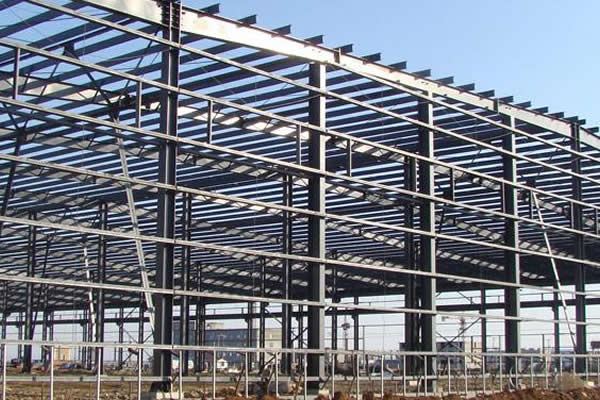There are many different materials and methods used for constructing structures of all types. Concrete, for example, and brick are typically used in buildings. The primary aim of a construction of any type is that it should be sturdy, safe, and last a long time. The material used also needs to be able to withstand the various weather conditions prevalent in that location.
If you have a look at this website – https://levstal.com/fi/terasrakenteet/ – you will get a good idea of why steel is a good choice of material for buildings and other structures that need to last a lifetime. In the article that follows we will look at why steel is important to the construction industry, what the benefits are, and also at some of the inherent problems in using steel as a material for structures. Let’s begin by talking a little more about steel and its importance in the industry.
Why Steel is Important
It is fair to say that in an age where technology is prominent, we tend to take materials such as steel for granted. Metals come from a base ore, yet steel is actually a composite. Iron makes up the most part of steel, and carbon is added to improve the strength.
Put simply, the cellular structure of pure iron makes it a pliable material – a soft metal, to put it simply – while the addition of a small amount of carbon effectively stiffens the material making it of greater use not only in construction, but also in other areas of manufacturing.
As we shall see later on, the ability to add carbon – and sometimes other metals – to the iron is greatly beneficial to the tensile strength, durability, corrosion resistance, and also the resistance to intense heat.
What sort of structures are made from steel? Let’s list some of the more frequently seen examples:
- Trusses, columns, and beams in buildings
- Road and road furniture fixtures
- Gates, fences, and other outdoor fixtures
- Stairways and fittings
- Signs and advertising structures
These are just a few of the many types of structure that can be created in steel that relate to the construction industry. Next, we look in more detail at the many benefits of using steel in buildings and other structures such as those listed above.
The Benefits of Steel Structures
The high tensile strength of steel makes it a popular material for many structures, and there are other benefits of this versatile material. Steel can be made to just about any size, shape, or design at the manufacturing process. This means plans can be followed to produce beams – for example – with extremely accurate tolerances so they fit perfectly into place.
The mass production and prefabrication elements of making steel mean it is a quick process, and the precise nature of the items also speeds up the construction process itself. Being able to add other components when creating steel – copper is added to aid corrosion resistance, while other materials can be combined to reduce the problems caused by heat intensity.
Another benefit of steel in construction is that it will deform notably before it completely fails. Thus, regular inspection will allow for any deformities to be noted and attended to before failure. So, we can conclude that steel is a good material for constructions that need to last a long time, and that require a material that can take a great deal of stress. WE mentioned earlier that there are some problems with steel as a construction material, so let’s talk about those before we reach our conclusion.
Some Problems with Steel Structures
We have already touched on a couple of the inherent problems with steel. One is that corrosion will be evident, especially where buildings such as bridges are exposed to water and air. The answer is to add copper during the production process to improve the corrosion resistance of the material.
Steel is also notably susceptible to deformity when subjected to intense heat, leading to expensive fireproofing being required. Adding chrome and nickel makes a great difference in this case. Steel can be difficult to weld – especially where carbon and manganese are present to improve tensile strength – yet the addition of phosphorus and sulfur partly overcome this problem.
Conclusion
The versatility and durability of steel as a construction material is not in doubt, yet the potential pitfalls mentioned above do make it important to consider the use of steel against other materials in construction projects unless we are talking about waypoint cabinets or decor shelves.
The benefits of steel are largely down to it being light in weight and resistant to stress, although the added necessity of fireproofing procedures will add the cost and the construction time. A steel structure, with the correct combination of ingredients at the manufacturing point, will be a long-lasting structure that will stand the test of time.

